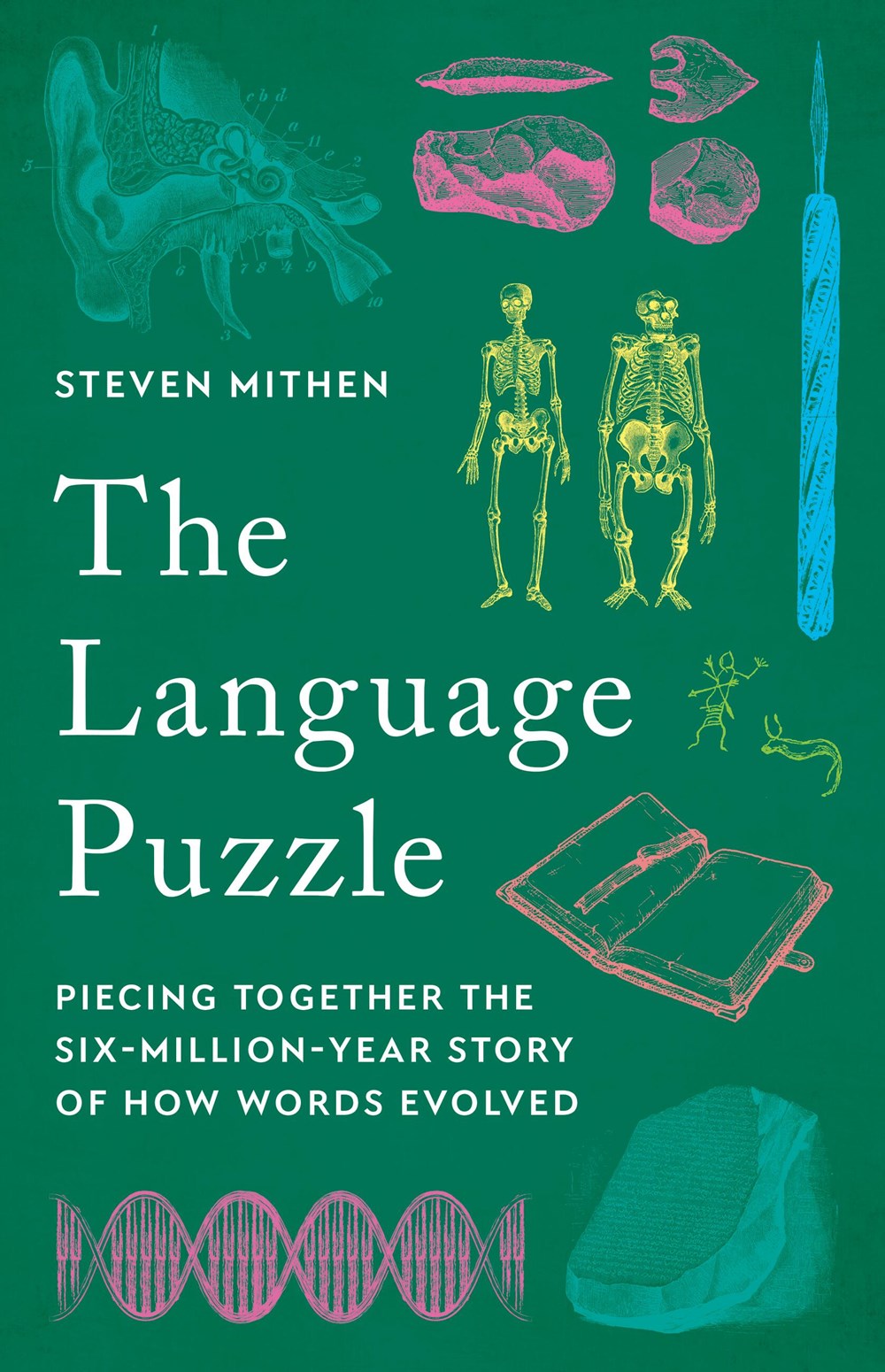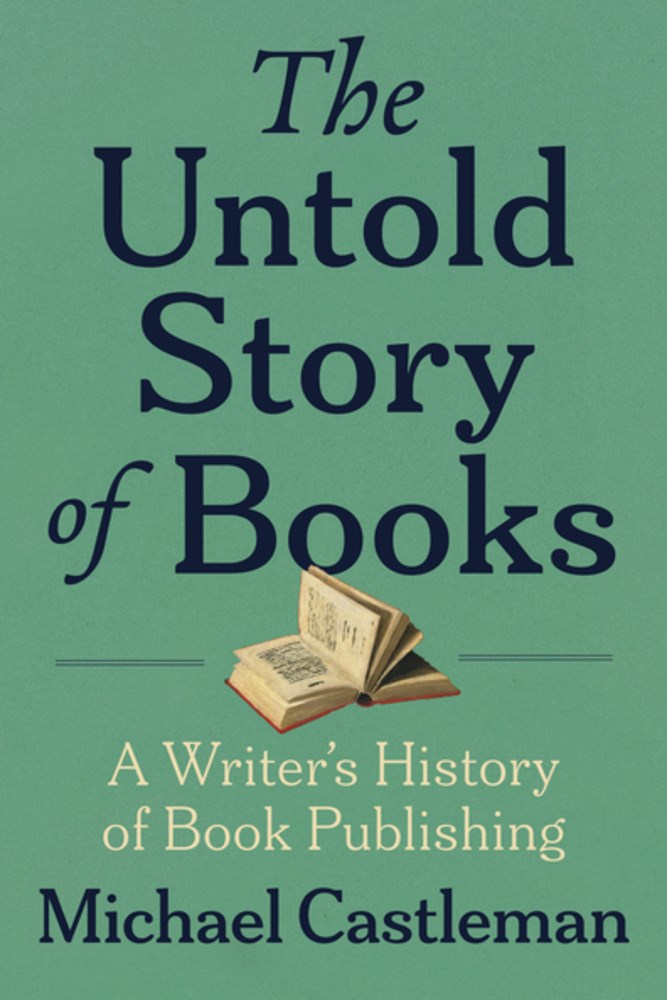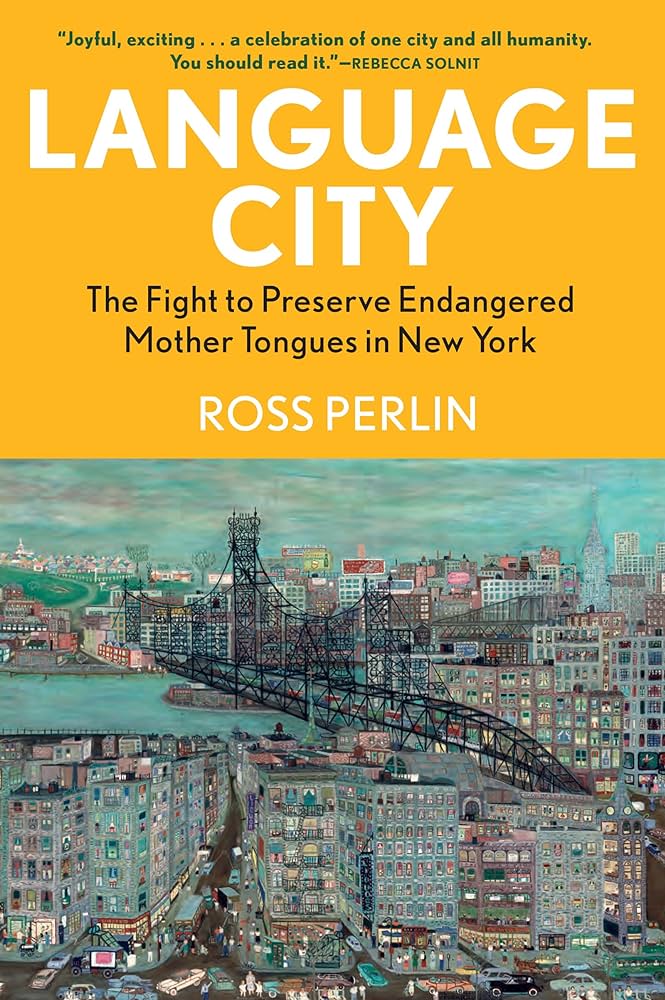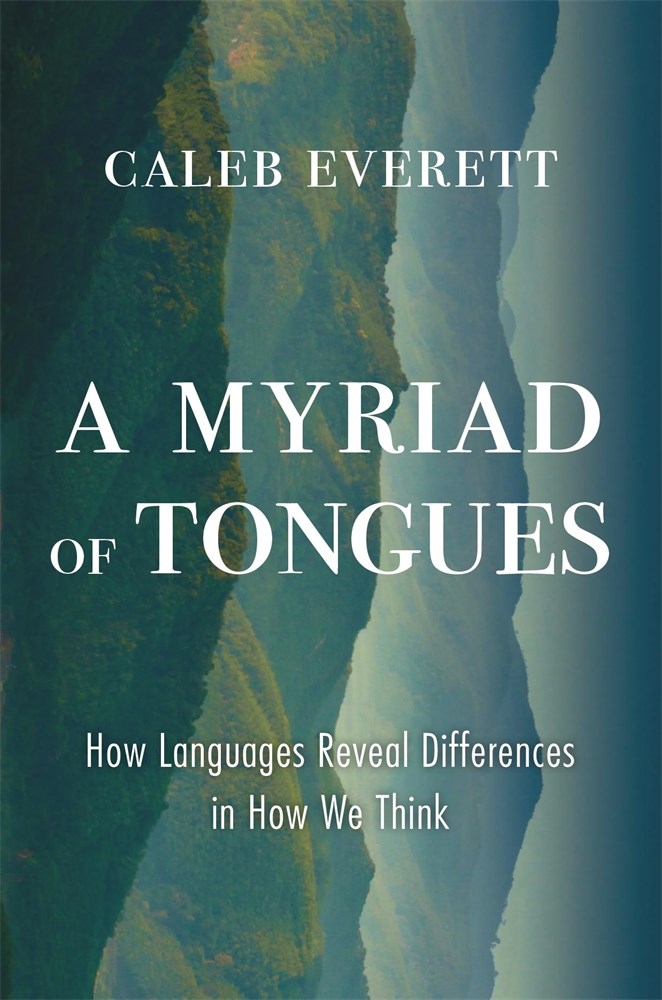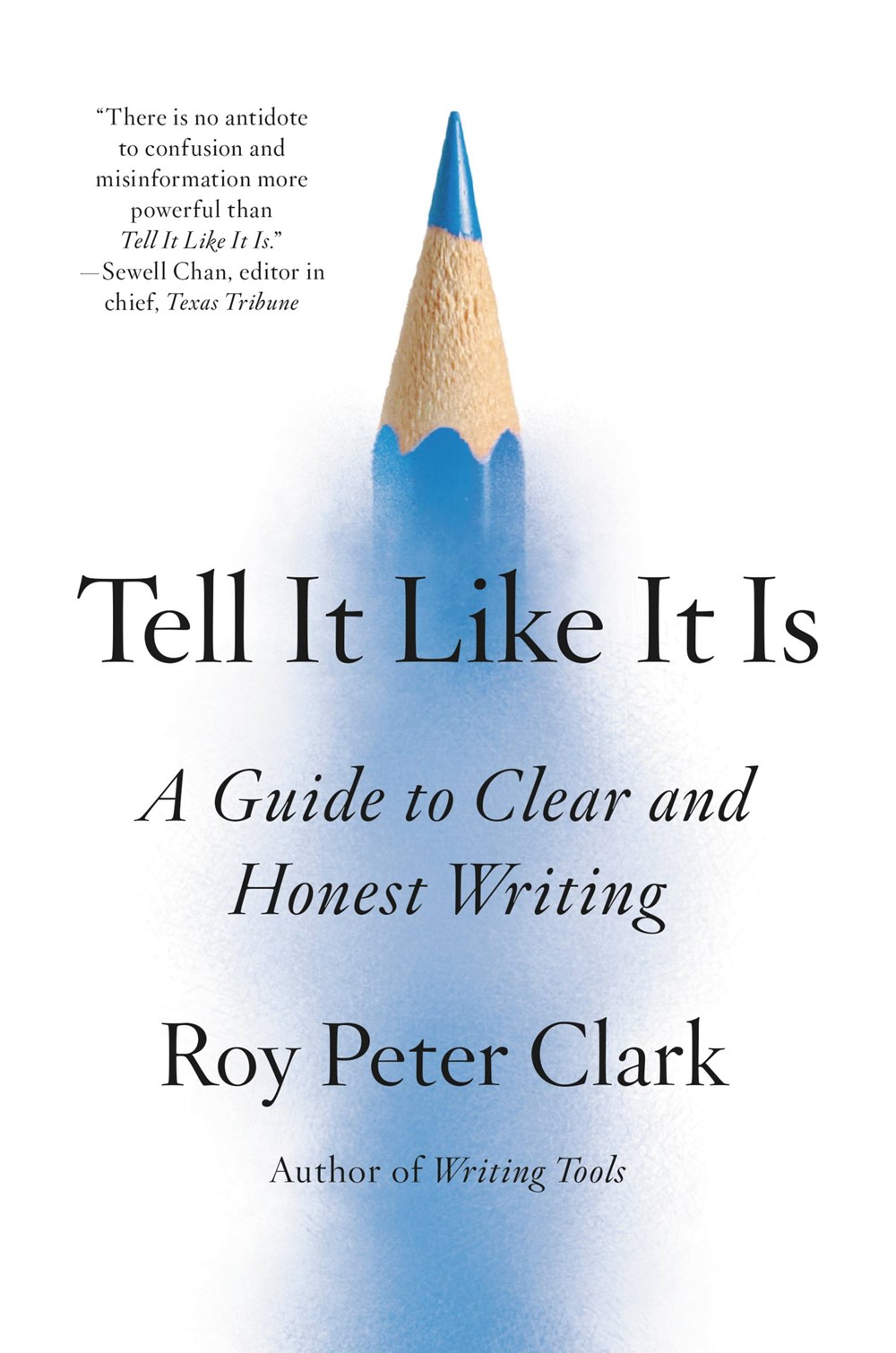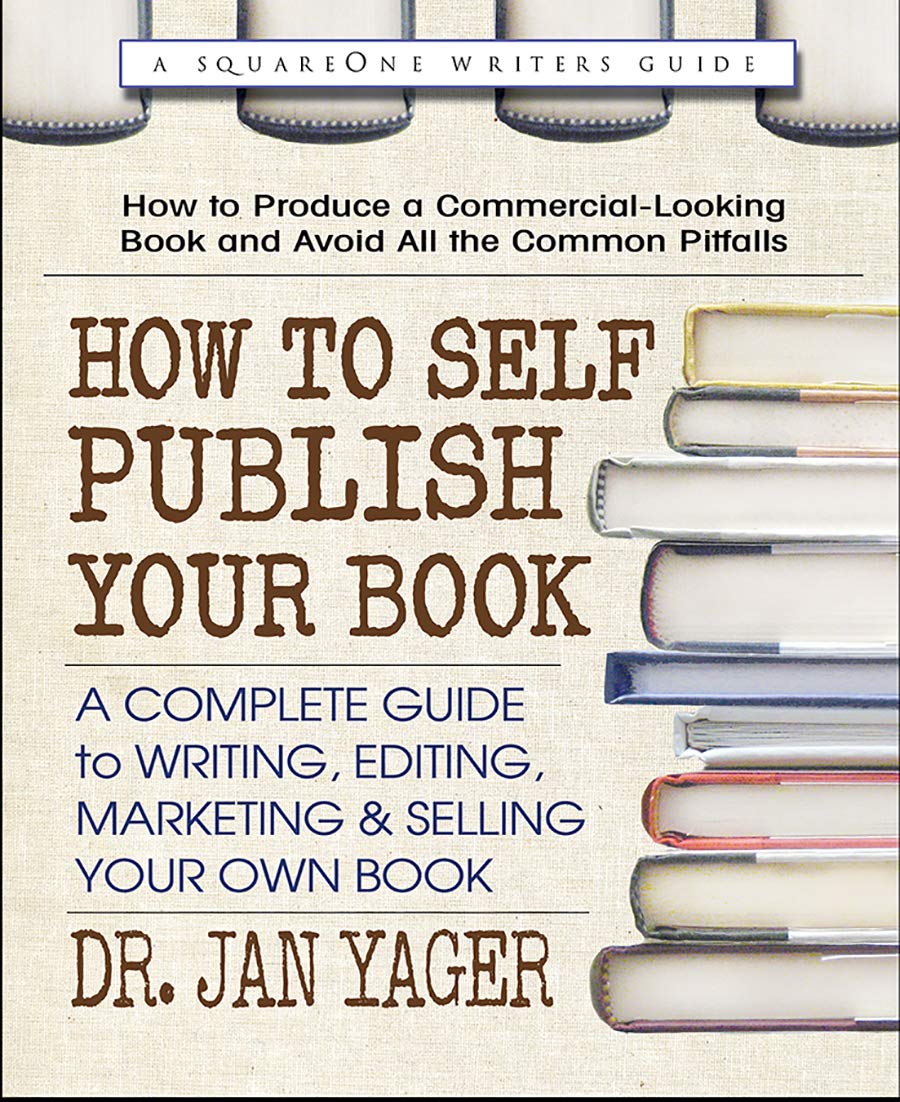Related
PREMIUM
The Craft of Research
This reference guide is an accessible addition to any undergraduate reading list, but it will be particularly useful for social sciences students. It is well-written, clearly structured, and easy to read and use.
A book about language, built by a skilled architect employing the most artful uses of words. This thought-provoking book is a lovely addition to any collection.
Explore the varied landscape of social sciences publishing via LJ’s top picks in anthropology, parapsychology, parenting, economics, memoir, and more.
An in-depth, fascinating analysis of endangered languages and efforts to preserve them in New York City. Give to readers who enjoyed John McWhorter’s Words on the Move.
PREMIUM
The United States of English: The American Language from Colonial Times to the Twenty-First Century
Ostler’s linguistic history is enlightening and fun, and Lewis’s smooth tone is a delight to hear. Sure to be a favorite among logophiles, this is a great recommendation for those who enjoyed E.J. White’s You Talkin’ to Me?? or Henry Hitchings’s The Secret Life of Words.
Highly recommended for all writers and speakers of English who want to understand why the language works the way it does.
A how-to-guide and useful overview for readers wanting to communicate more effectively. Along with David Brooks’s recent How To Know a Person, a timely primer for creating deeper connections with others.
Highly recommended for all collections that support higher education, particularly in the areas of linguistics, anthropology, and language education.
Readers and writers comfortable with the style and tone of Julia Cameron’s The Artist’s Way will be drawn to this book.
This book is a vigorous argument for literary commitment and transparency that is itself a delight to read.
A beneficial purchase, of particular use for self-published and small-press authors, with information that will be helpful for anyone seeking to boost the visibility of their work.
There are many terrific examples of New York speech throughout this text and White contextualizes them all extremely well. Highly recommended.
This new bible of lessons and practices for creators across media will likely appeal to readers curious about behind-the-scenes realities of those who bring to life today’s most popular and intelligent entertainment.
This collection will make readers wish Carr was still here to share his observations. A must for aspiring journalists and fans of Carr who want to read more of his award-winning reporting.
Particularly strong when it comes to highlighting marginalized voices and the technologies used for global communication. While timely and a nice introduction to mass media in today’s society, however, it is not a replacement for more comprehensive titles.
Ward’s journalism skills shine, putting readers on the front lines. Readers interested in the life stories of intrepid women journalists and the nature of investigative, international journalism will be captivated by this engrossing account.
Readers interested in Gilded Age history and its parallels to contemporary society will enjoy learning about this trailblazing publication.
For anyone curious about where everyday English words “come from,” this accessible text will prove to be an enticing choice, as well as a useful guide for general readers seeking resources on English usage and popular linguistics.
Setter applies phonetic analysis to a range of aspects of daily life in a way that is approachable to a wide audience. However, the level of technical detail and geographical focus on the UK may limit the overall appeal to academic readers.
Poniewozik’s well-argued work advances the investigations in Neil Postman’s Amusing Ourselves to Death and is an important reminder of the media’s influence on society.
Recommended for web and language nerds alike, encompassing illuminating facts on the origin of acronyms, memes, and digital tone of voice.
With self-publishing an increasingly common option for writers today, it would be hard to imagine a more useful and easy-to-follow guide than this comprehensive volume. Highly recommended to everyone hoping to self-publish a book that won’t look self-published.
Most writers interested in the genre will want this title on their shelves, though those who own Gutkind’s somewhat dated but more thorough Creative Nonfiction: How To Live It and Write It or his more recent essay collection, above, may pass on this owing to subject overlap.
This affordable, bare-bones guide will appeal to writers (and others who have to write)—especially those who like referring to a handy list of do’s and don’ts.
PREMIUM
The Good Girls Revolt: How the Women of Newsweek Sued Their Bosses and Changed the Workplace
Povich sometimes overstates the suit’s historic importance, but her storytelling is compelling and she ably makes the case for the debt still owed to all 46 Newsweek women for their willingness to “take off the white gloves.” Quickly paced social history for media, feminism, and history buffs.
articles
ALREADY A SUBSCRIBER? LOG IN
We are currently offering this content for free. Sign up now to activate your personal profile, where you can save articles for future viewing


